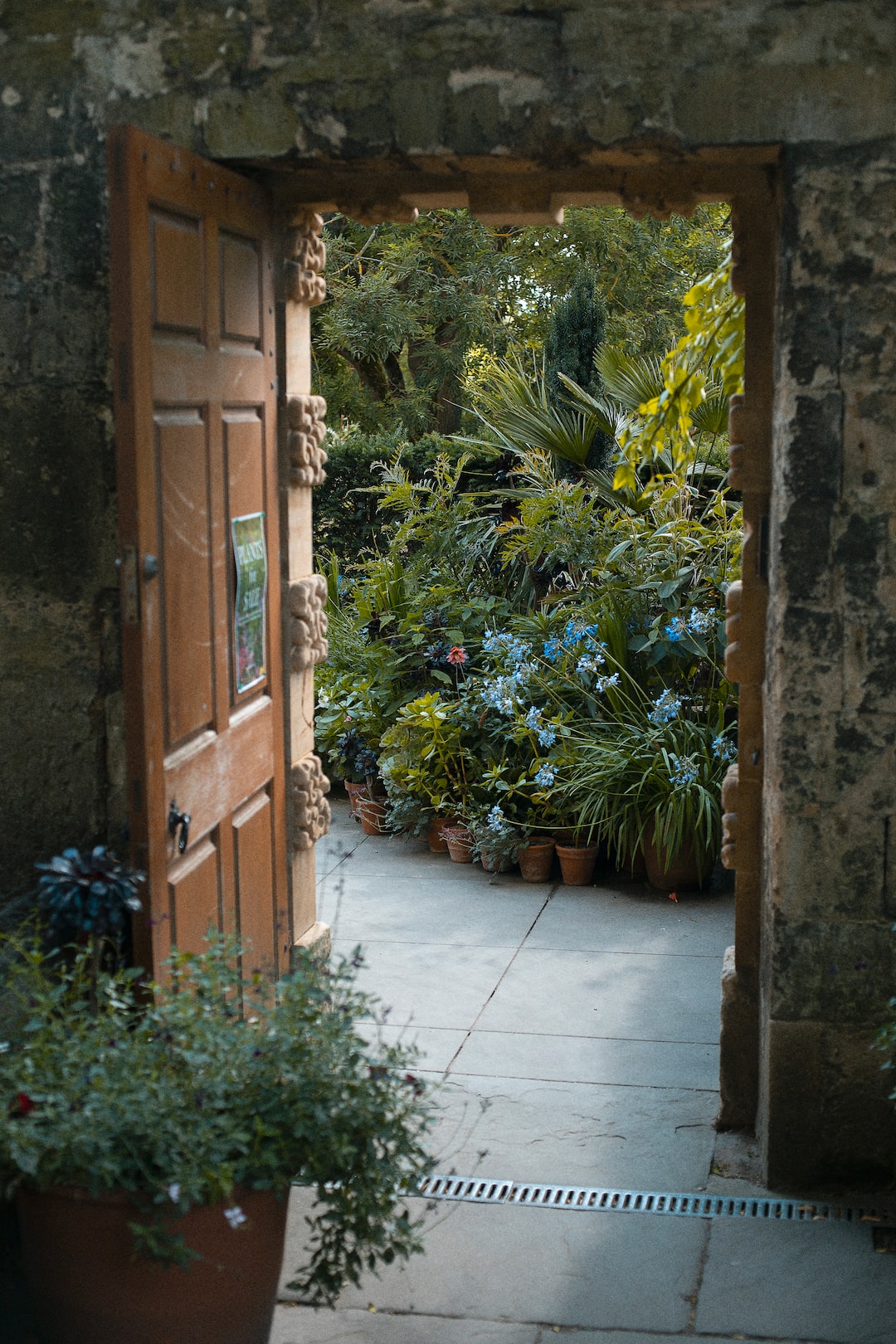Why You Should Include Native Plants in Your Garden: Benefits for Biodiversity
In recent years, there has been a growing awareness of the importance of biodiversity and the need to protect it. One way to contribute to this cause is by including native plants in your garden. Native plants are those that have evolved and adapted to the local environment over thousands of years. By planting them, you can help create a more diverse and resilient ecosystem. Here are several reasons why you should consider incorporating native plants into your garden:
1. Support Local Wildlife: Native plants provide food and habitat for many local wildlife species, including birds, butterflies, bees, and other pollinators. These plants have co-evolved with local fauna, making them an essential part of their diet and reproductive cycle. By planting native species, you are helping to sustain the local wildlife population and create a balanced ecosystem in your area.
2. Water Conservation: Native plants are well-adapted to the local climate and soil conditions, requiring minimal watering and maintenance once established. Unlike exotic plants, they have evolved to withstand droughts and thrive in the natural rainfall patterns of the region. By choosing native plants for your garden, you can reduce the need for irrigation, conserving water and reducing your environmental footprint.
3. Pest Resistance: Native plants have developed natural defenses against local pests and diseases, reducing the need for pesticides and herbicides. They are more resistant to common garden pests and can better withstand local climate extremes. By using native plants in your garden, you can minimize the use of chemical pesticides, creating a healthier environment for both humans and wildlife.
4. Soil Health and Nutrient Cycling: Native plants have deep root systems that improve soil structure and increase water infiltration. They also help to prevent soil erosion, which is crucial for maintaining healthy ecosystems. Native plants play a vital role in nutrient cycling, as they provide organic matter and support beneficial soil microorganisms. By planting natives, you are enhancing the health and fertility of the soil, which is the foundation for a thriving garden.
5. Aesthetics and Cultural Value: Native plants can add beauty and diversity to your garden. They come in a wide array of colors, shapes, and sizes, offering endless possibilities for creating a visually appealing landscape. Additionally, native plants often have cultural significance and are deeply intertwined with local traditions and heritage. By incorporating them into your garden, you can help preserve and promote the cultural value of these plants.
6. Climate Change Adaptation: Native plants are adapted to the local climate and can better tolerate temperature fluctuations and extreme weather events. As climate change accelerates, traditional gardening practices may become less effective. By planting native species, you are creating a more climate-resilient garden that can withstand the impacts of a changing climate.
7. Education and Awareness: Planting native species in your garden is an opportunity to educate yourself and others about the importance of biodiversity and conservation. By sharing your experiences and knowledge with friends, family, and neighbors, you can inspire others to take action and make a positive difference for the environment.
In conclusion, including native plants in your garden benefits biodiversity in numerous ways. By supporting local wildlife, conserving water, reducing pesticide use, promoting soil health, adding beauty, adapting to climate change, and raising awareness, you are contributing to the preservation of our planet’s precious ecosystems. So, the next time you plan to spruce up your garden, make sure to choose native plants and join the movement towards a more sustainable and biodiverse future.

